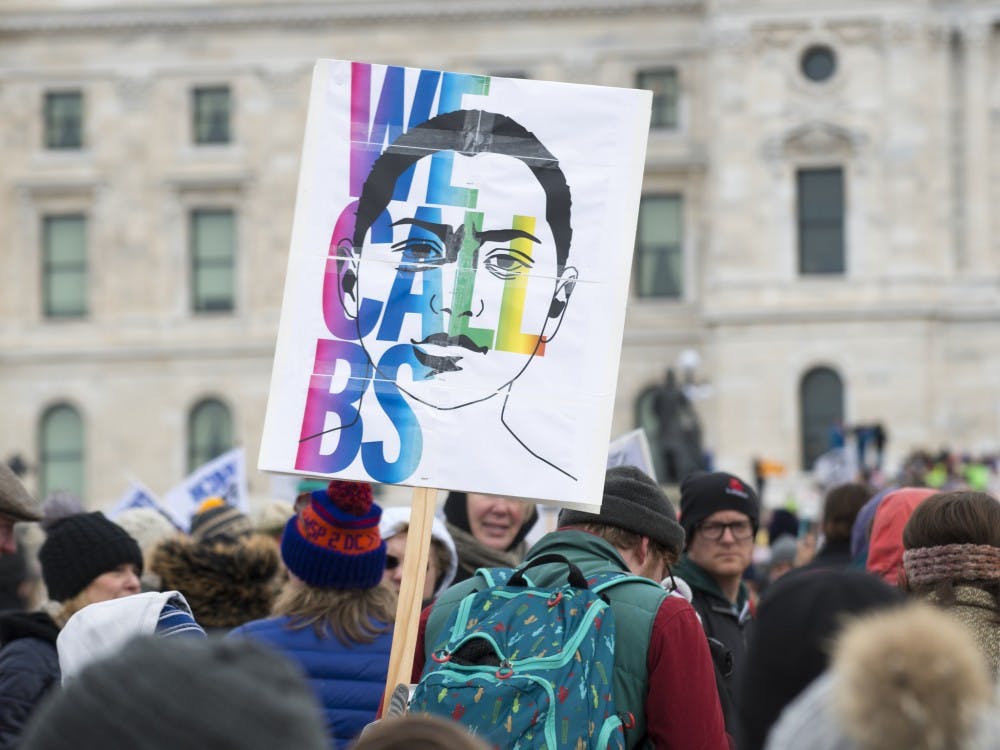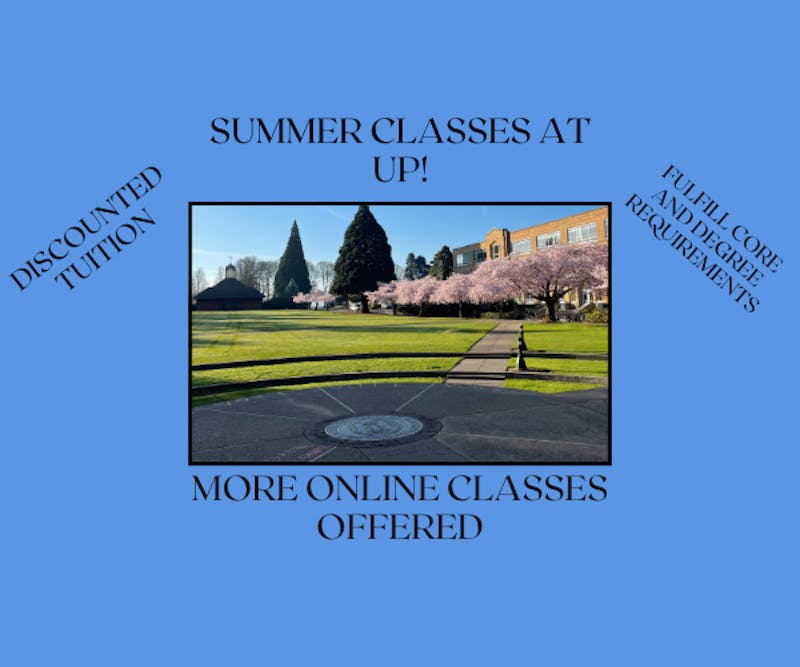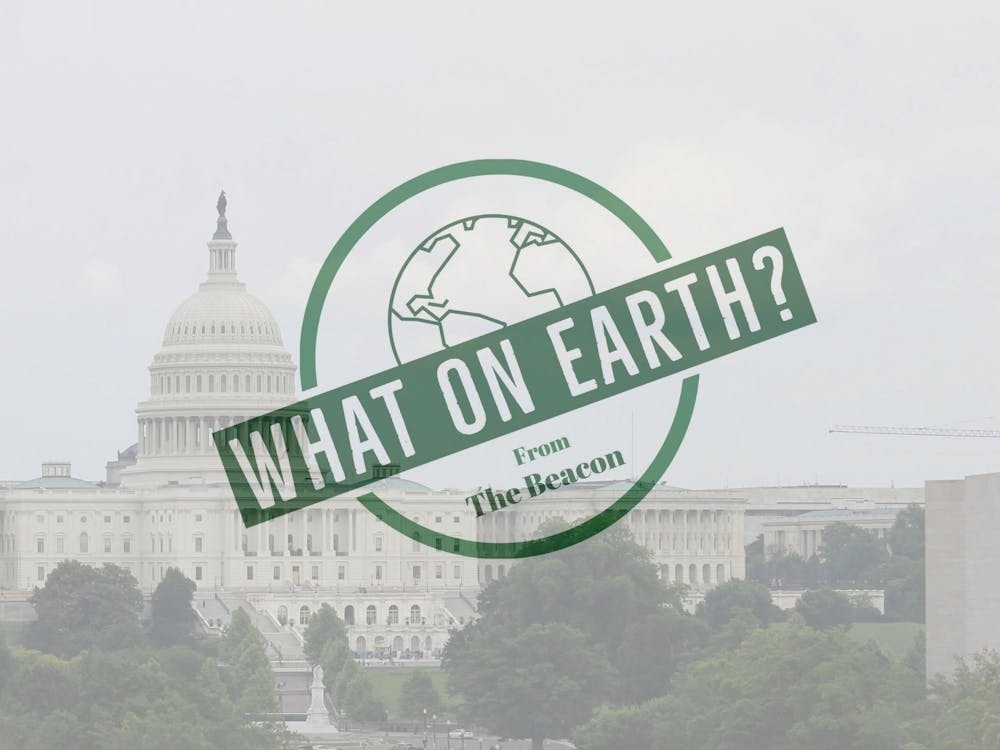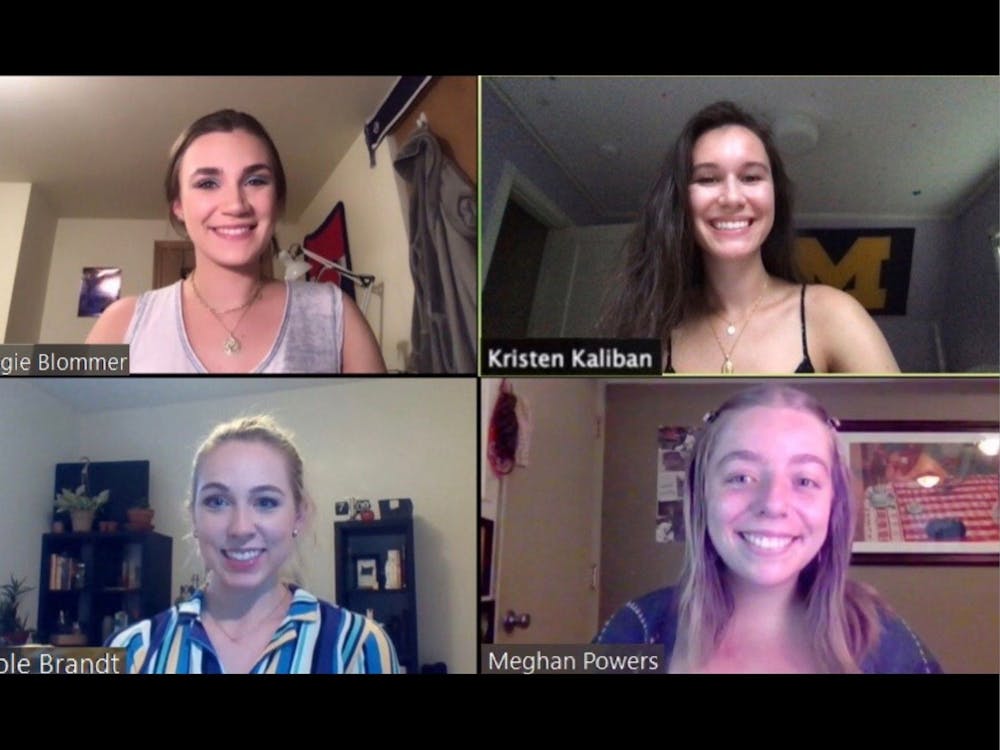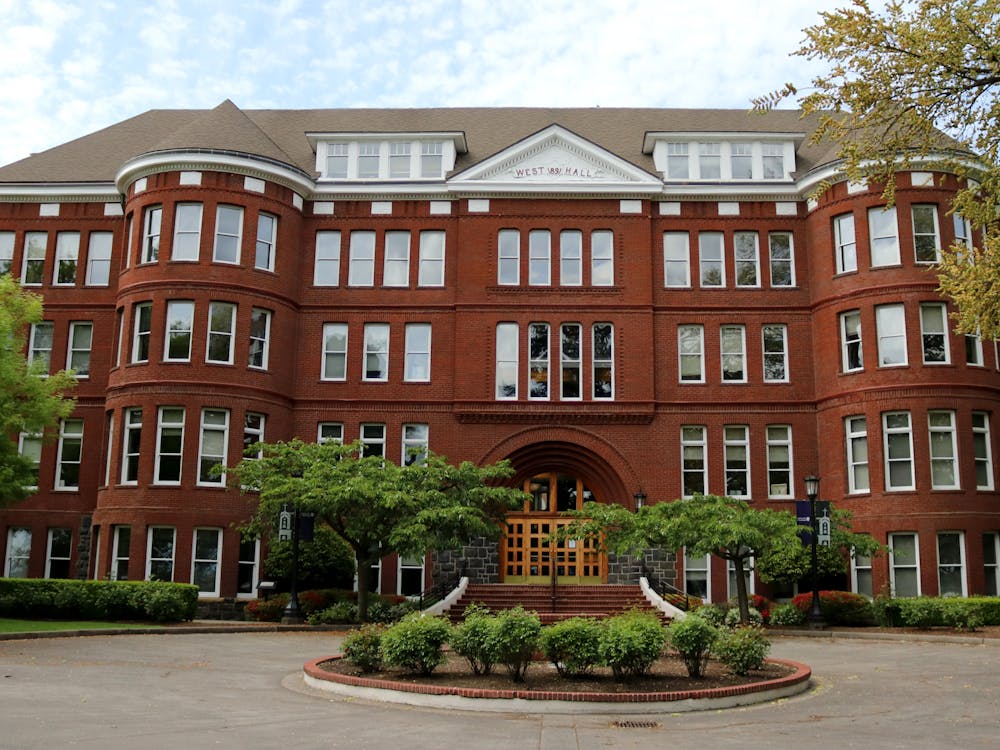These days, gun violence is never far from our minds. On Tuesday, three people were shot at YouTube headquarters. You’re probably familiar with the March for Our Lives movement, which came to fruition after the horrific Parkland shooting on Feb. 14, which left 17 people dead. The Parkland shooting brought back memories of mass shootings so infamous we recall them by the names of the locations at which scores of people were killed by individuals wielding guns.
Recently, Las Vegas became the site of a deadly shooting. Fifty-eight people died at an October 2017 concert after an individual opened fire. In 2012, Sandy Hook Elementary School gained national attention when an individual killed 20 first graders (children who were around six or seven years old) and six adults. And we cannot forget Columbine and the 13 people who were killed by two students as the 20th anniversary of the shooting will be April 20. Nor can we forget the shooting at Pulse, a LGBTQ+ nightclub in Orlando, Florida, where 49 people who were out for a night of fun were murdered in a place they thought was safe.
Gun violence is a national issue. It’s also an intensely personal issue for those affected by it. Beacon senior reporter and copy editor Dora Totoian experienced the grief a shooting leaves in its wake firsthand when in 2015 her hometown of Roseburg, Oregon was the site of the Umpqua Community College shooting, which left nine people dead.
We’ve mentioned several highly publicized mass shootings, but we know more have occurred. We know anytime a person is killed by gun violence, they leave behind a community who cared about them — whether they ever realized it in their lifetime or not.
We can’t forget any of the people gun violence has stolen from us. As the list of names we must remember grows longer, the March for Our Lives movement reminds us we also can’t forget we can do something to prevent additional shootings.
In order to keep the momentum going, the organizers behind the March for Our Lives have planned additional school walkouts and marches. Students from Marjory Stoneman Douglas High School in Parkland are taking action. Their classmates were slain in the middle of a school day. What other option do they have as they mourn their friends and try to process the violence that occurred at their school?
As we see our younger peers take action to prevent gun violence, we may ask ourselves: What’s our place, as college students and eventually full-fledged alums, in a movement led by high school students? The answer is simple. Even if we’re not leading the movement against gun violence, we can still be active, loud participants. We can and should be present long after #NeverAgain stops trending on Twitter. Most importantly, unlike most high schoolers, we can vote.
High schoolers may be leading the movement against gun violence right now, but as we mentioned earlier, a mass shooting can take place anywhere. A school, a concert, a nightclub. The high school population may feel the most vulnerable right now after the events in Parkland, but we’re all vulnerable.
You can try to isolate yourself from the issue of gun violence and think that for whatever reason, your town, school, work, church or any other space you inhabit is immune to a shooting. But it’s not. There’s no reason why you couldn’t turn on the TV and see a journalist reporting on the latest mass shooting only to realize that they’re in your hometown. There’s no reason why you couldn’t have the terrifying realization that you recognize names on the list of victims. We are all at risk.
And even if you’re not directly affected by gun violence, the pain it causes hundreds of communities across the U.S. should spur you to action. We all have a place in the March for Our Lives.
Agree? Disagree? Write in!



